How (+ When) to Prune Citrus

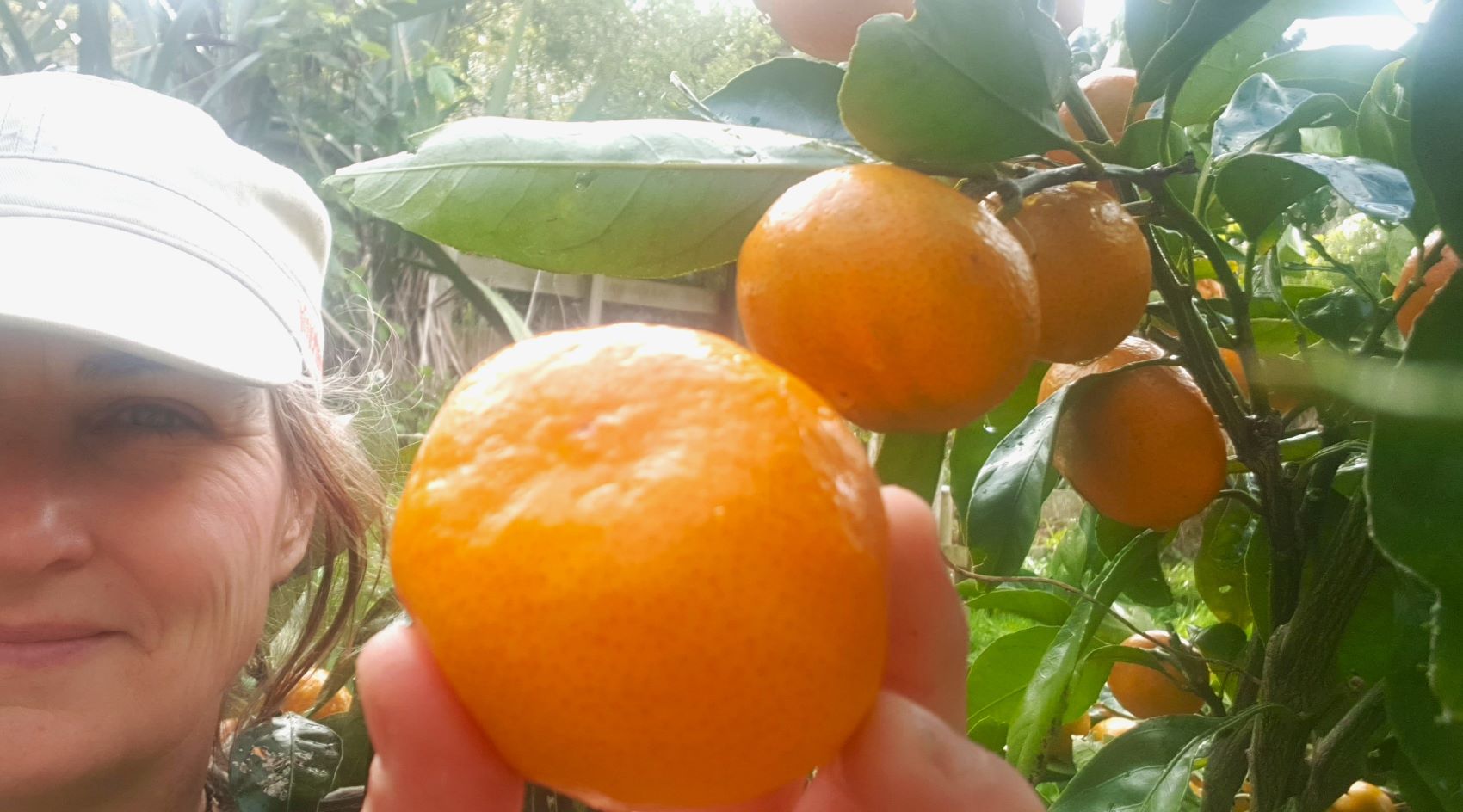
Citrus are my favourite trees to prune. Especially thick, thorny, over grown ones - they restore so quickly and beautifully when you use mainly thinning cuts. What a difference when you give up heading cuts and get thinning! Because citrus fruit on new seasons wood, this style of pruning keeps trees compact, sturdy and insanely fruitful.
- An annually pruned citrus only needs a tiny wee prune - I hope to inspire you.
- Overgrown citrus can take a hard prune. I've freaked quite a few customers out over the years with dramatic citrus tree reductions, but they shoot away the following summer, gearing up to fruit the year after that. With a compact, lovely tree and reachable fruit - alI is forgiven.
Timing it right
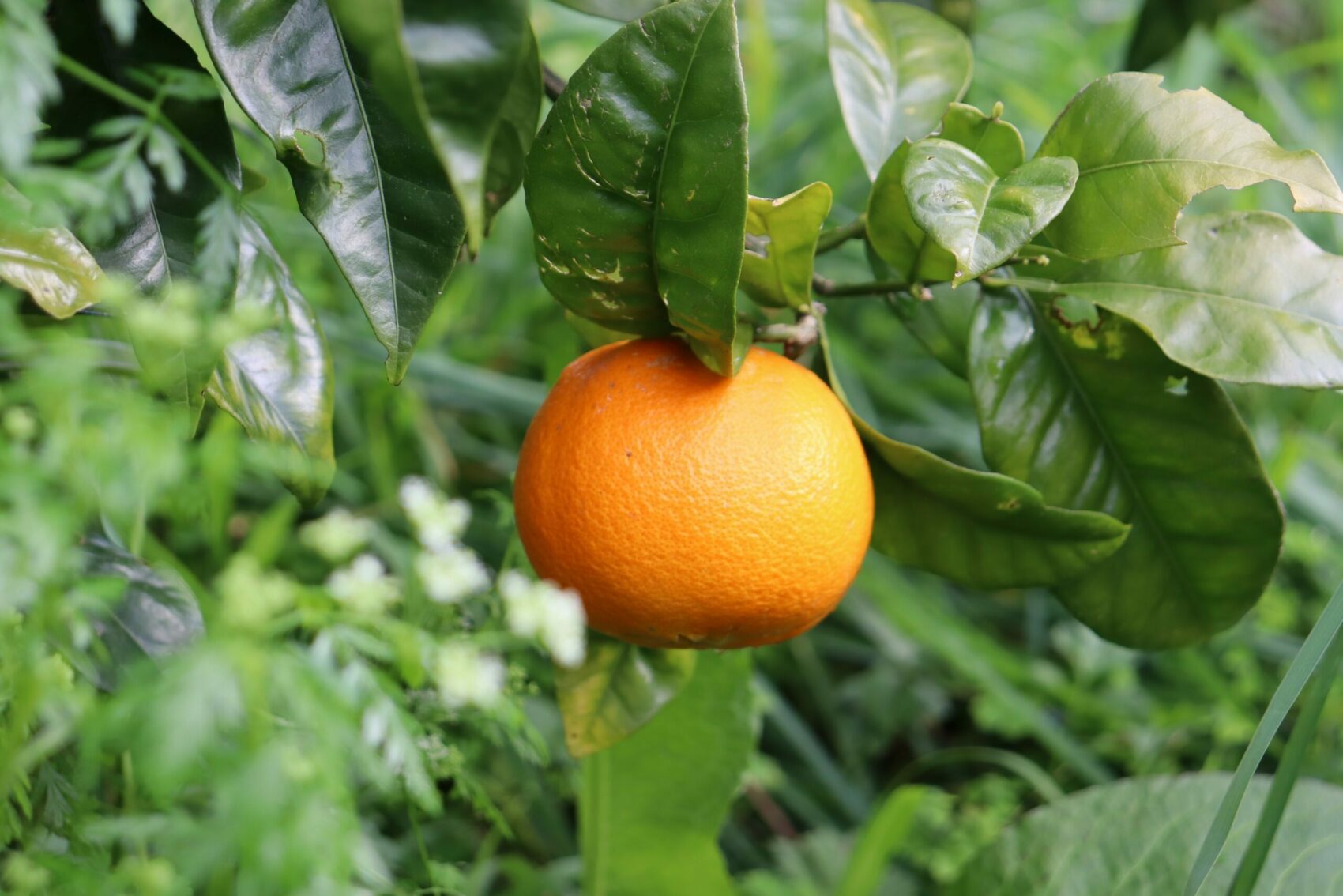
Timing is everything with citrus. If you live somewhere warm and mild, then prune late winter - right after harvest. If it's frosty at yours, delay pruning until risk of frost is over - mid to late spring is fine. Beware of summer pruning though, as this is when citrus borer is out and about.
Meyer lemons bear fruit nearly year round. Pruning a tree covered in fruit can be mentally hard. Just get it done and once you settle into a rhythm of an annual prune, you'll only be taking a small amount off each time reducing the concern regards removing fruits.
Begin
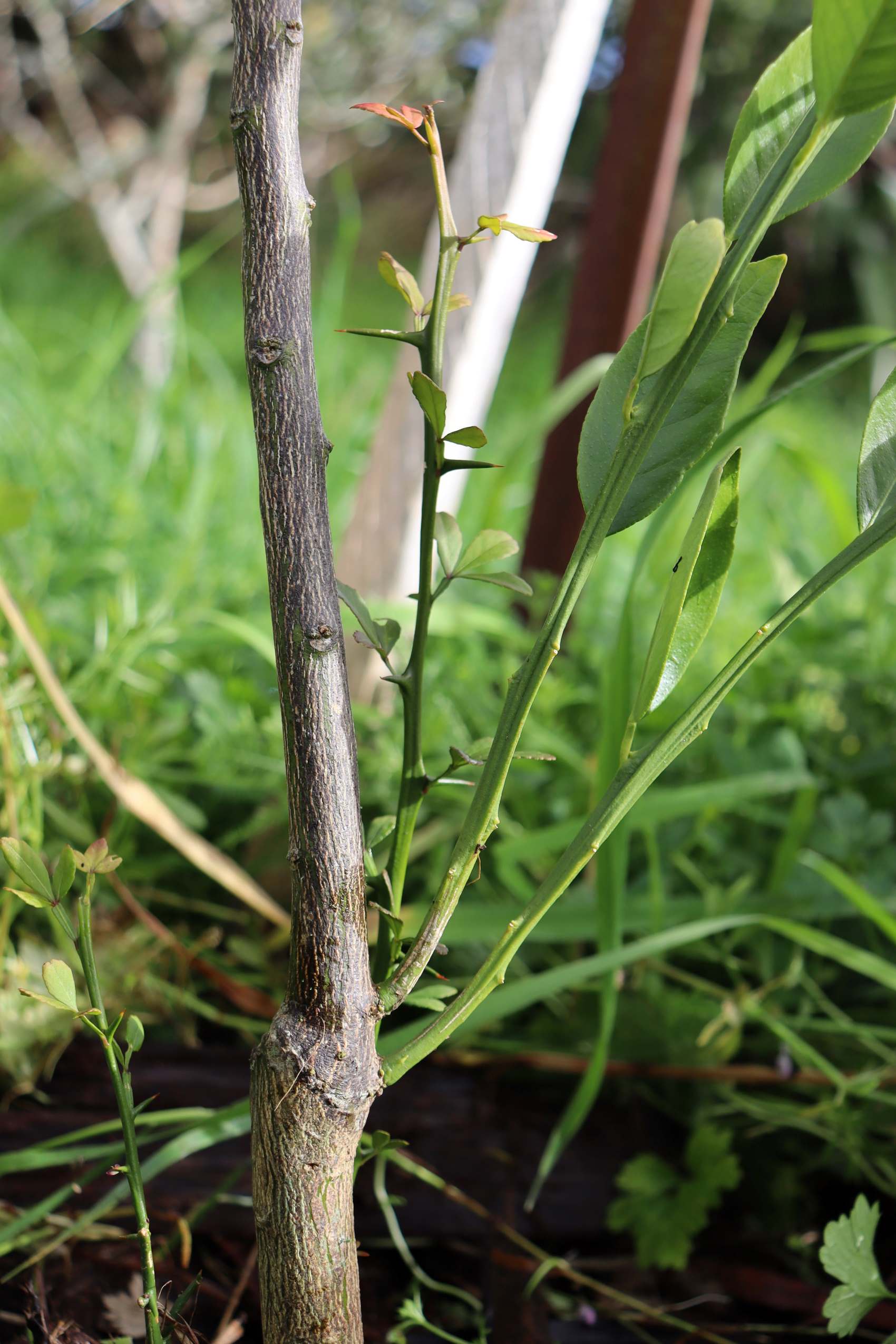
Choose a lovely, dry day and begin your prune by removing any dead and damaged wood. Cut back to healthy clean wood.
Remove all growth that starts from the rootstock which is a different variety to the fruiting top - that's why it looks so different, and may well be thorny to boot. If you've never pruned these off they may have grown large, shooting up through your tree. Remove them and pull them out - wow! your tree never looked so good.
Drag out the removed wood and begin a stack. Put all successive prunings on this pile so as you can keep it real about how much you've removed.
Airflow + Light
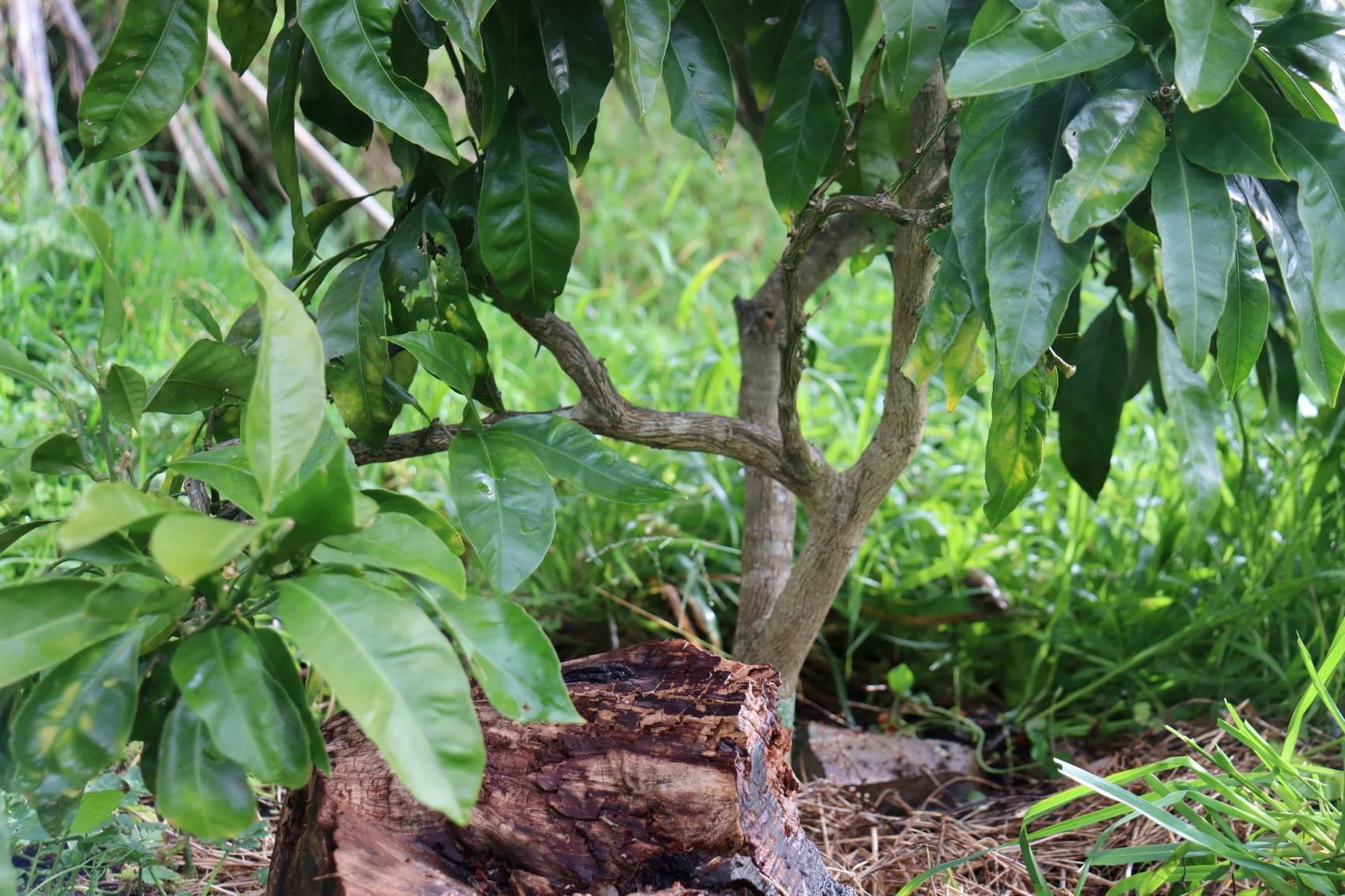
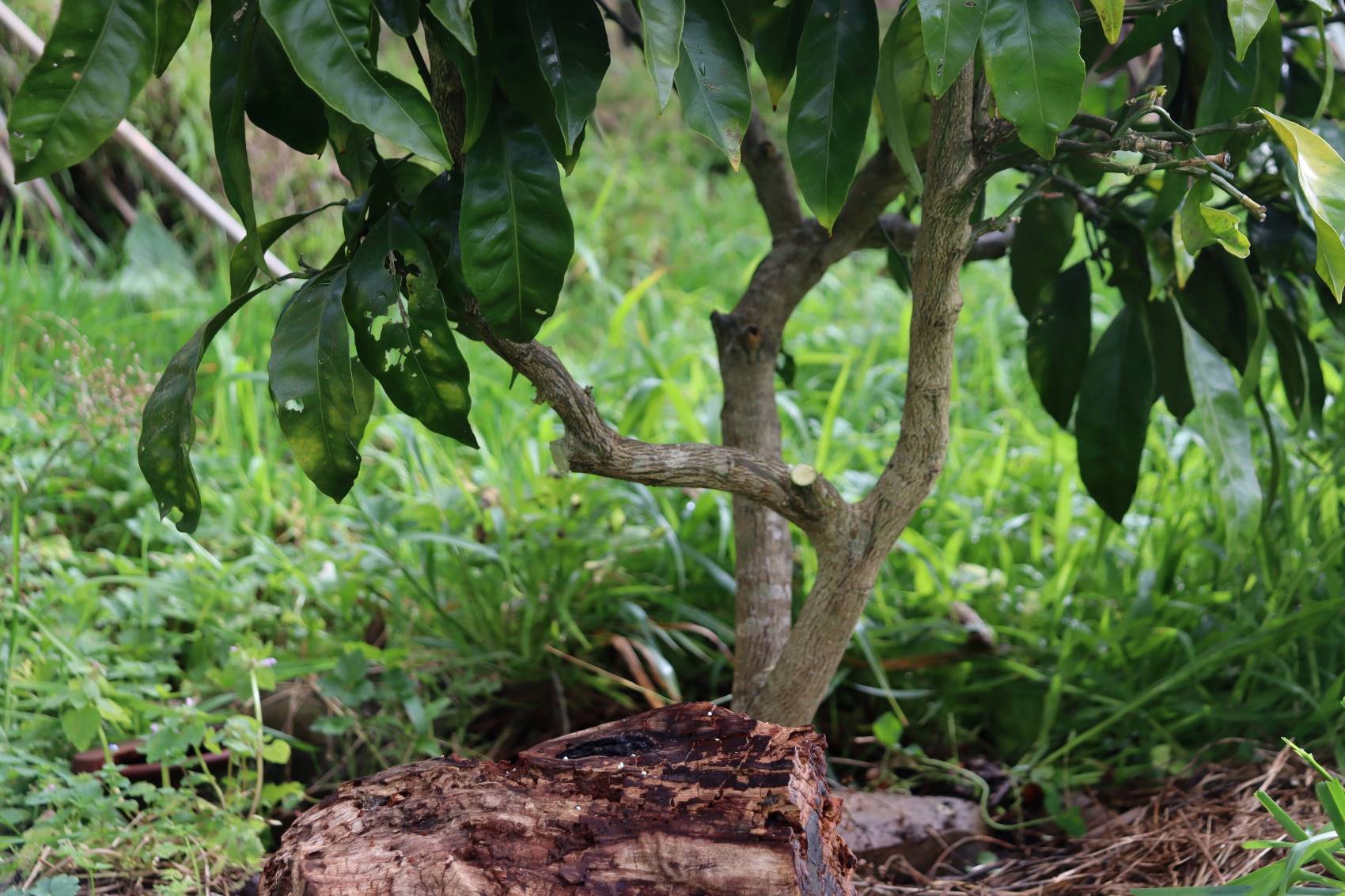
Though trimming around the outside (heading cuts) of the tree feels safer, it removes most of the fruiting sites and creates a very twiggy dense canopy.
Whereas thinning cuts, create airflow and light, inspire new shoots for future fruits, and leave much of the fruitful wood intact for the forth coming season. A good prognosis for a compact, yet productive tree.
- Remove dominant, upright shoots that clutter the tree, completely.
- In damp, low light or humid gardens, prune off all lower branches in the 1 metre (ish) space above the soil line to help prevent pests/ fungus.
- Then, get right inside the canopy, removing the occasional whole branch to de-tangle and open. Where you can, remove the longest branches, the ones that are causing imbalance by being too tall or too wide. Love me a 2 for 1 deal!
- Stand back and walk around the tree checking for balance. You may need one or two heading cuts to equalise the shape. Take it easy on those heading cuts to avoid loosing too many fruits.
Restoration
Citrus restore beautifully, so if you've got an old, dire tree - take heart. Go gently and slowly and follow along the process I've just described, doing a little each year.

